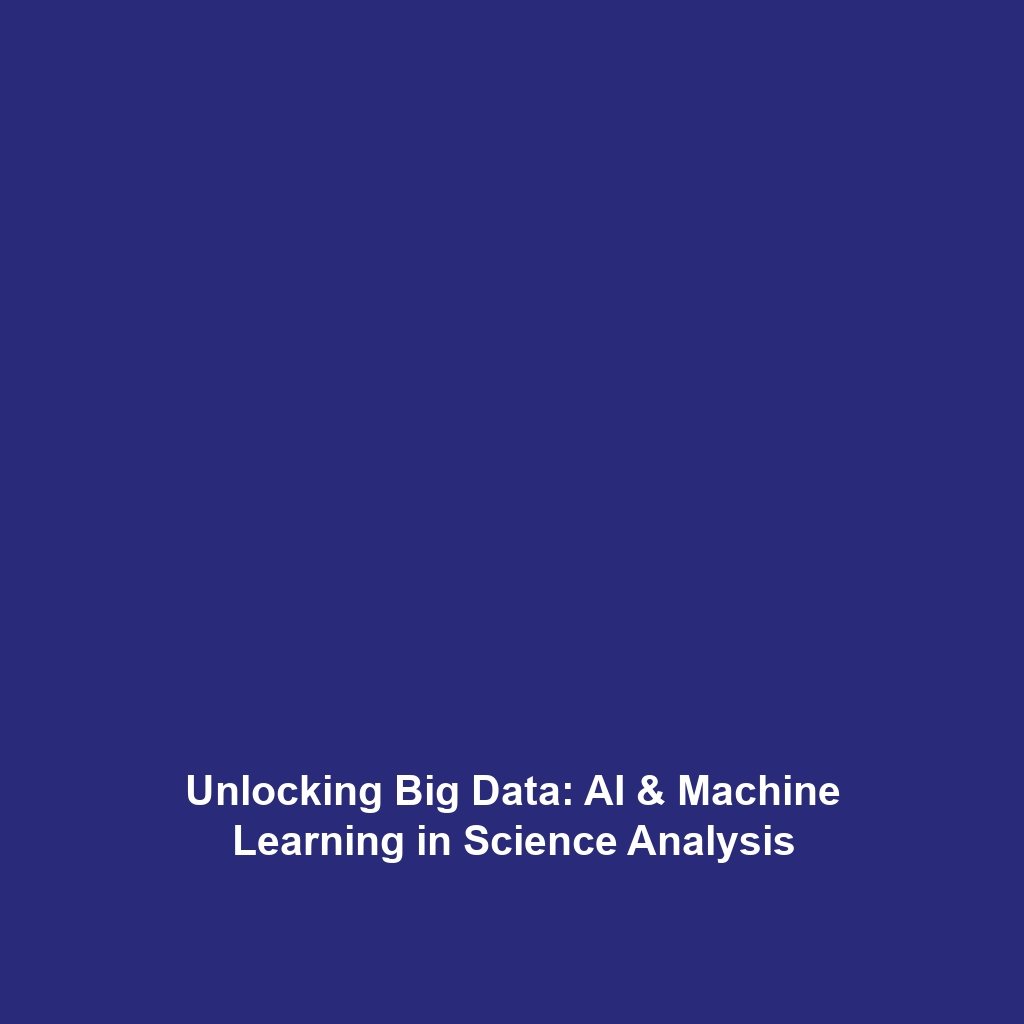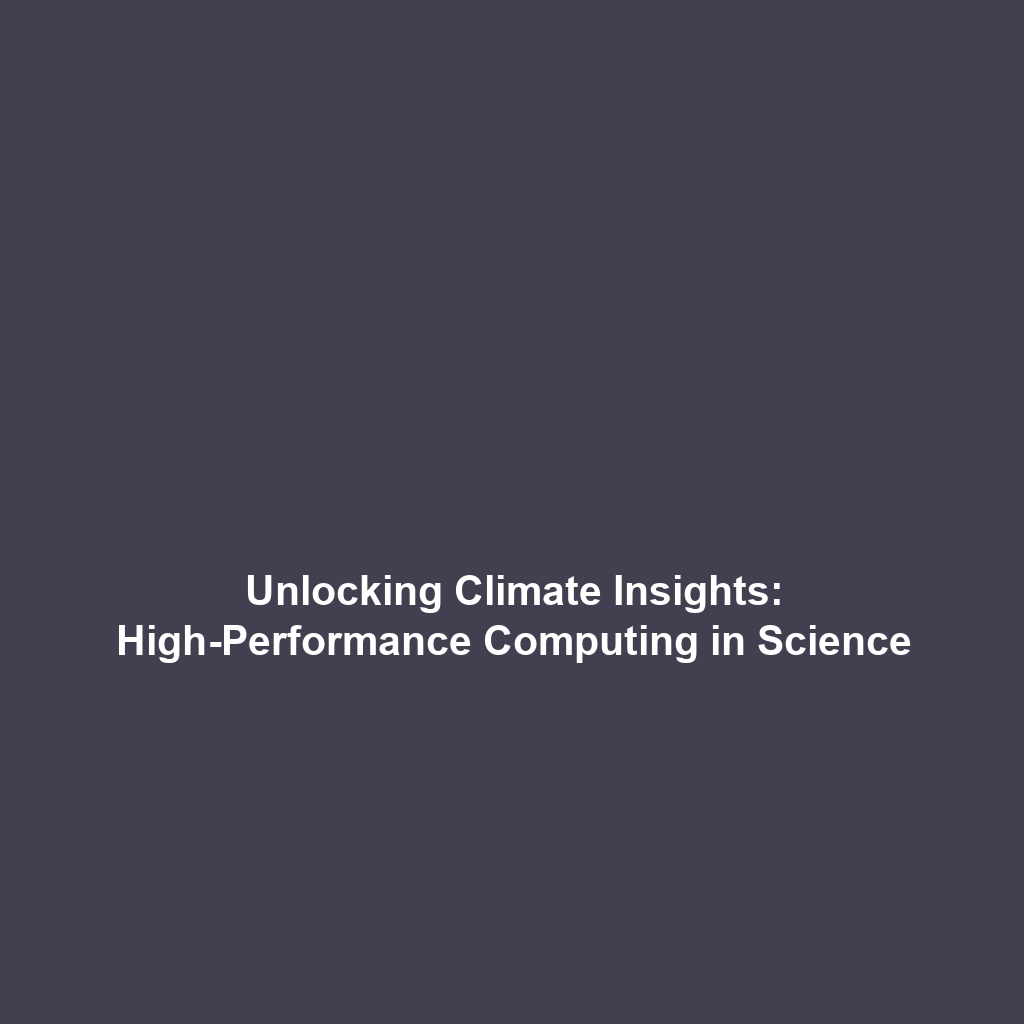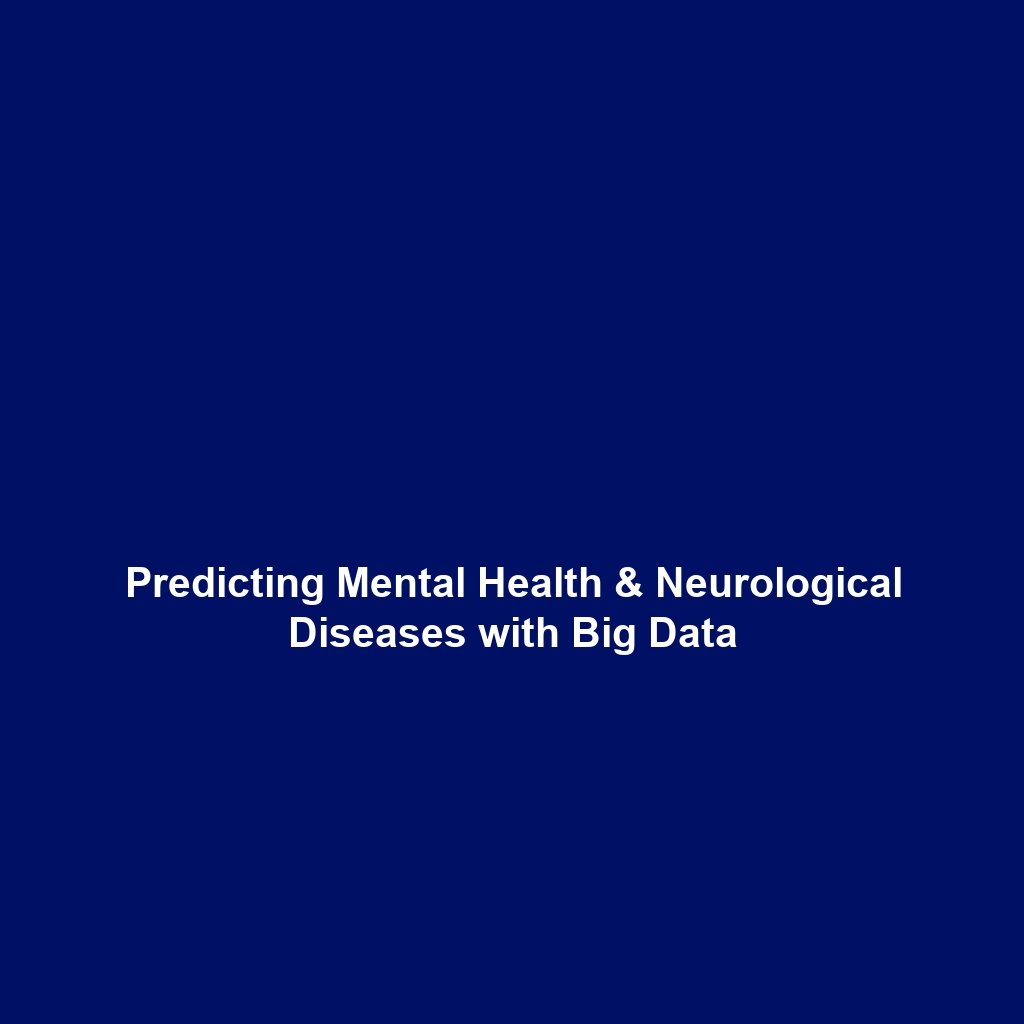Characteristics of Big Data in Science
Introduction
In the realm of Big Data in Science, the four key characteristics known as the “4 Vs”—Volume, Velocity, Variety, and Veracity—play a crucial role in shaping how scientists collect, analyze, and interpret vast amounts of data. Understanding these characteristics is essential in harnessing the power of Big Data to drive scientific advancement and innovation. Volume refers to the large data size, Velocity denotes the high speed of data generation, Variety encompasses the diverse types of data collected, and Veracity addresses the uncertainty inherent in data. These characteristics are significant as they influence the methodologies adopted in modern scientific research.
Key Concepts
Volume
Volume refers to the sheer amounts of data generated from various sources, including sensors, scientific instruments, and digital platforms. The ability to manage and process this enormous data size is fundamental to achieving meaningful insights.
Velocity
Velocity pertains to the speed at which data is generated and analyzed. With the rise of real-time data streaming, scientists can make quicker decisions and adapt their research methodologies accordingly.
Variety
Variety highlights the different formats and types of data, including structured, semi-structured, and unstructured data sources. This diversity presents both opportunities and challenges in data integration and analysis.
Veracity
Veracity addresses the uncertainty of data quality and reliability, emphasizing the need for robust data verification methods to ensure that scientific conclusions drawn from the data are trustworthy.
Applications and Real-World Uses
The characteristics of Volume, Velocity, Variety, and Veracity significantly impact how scientists utilize Big Data in various applications:
- Volume: In genomics, large data sizes enable comprehensive analyses of genetic information to identify trends and mutations.
- Velocity: Real-time data streaming is vital in fields like climate science, where rapid data collection is necessary for immediate decision-making during natural disasters.
- Variety: The use of IoT devices in health monitoring collects diverse types of data—from heart rates to environmental conditions—enhancing patient care.
- Veracity: In pharmaceutical research, ensuring data accuracy from clinical trials is crucial for drug efficacy and safety evaluations.
Current Challenges
Despite the benefits of these characteristics, several challenges hinder their effective application in Big Data:
- Data Management: The large volume of data requires advanced storage solutions and data management strategies.
- Real-Time Analytics: Achieving timely analysis of rapidly generated data can strain existing computational infrastructure.
- Data Integration: Combining varied data types from different sources presents integration and compatibility issues.
- Data Quality: Addressing data uncertainties is essential for maintaining the credibility of scientific research.
Future Research and Innovations
As technology continues to evolve, future research is likely to focus on enhancing the characteristics of Big Data:
- Advanced Analytics: Progress in machine learning and artificial intelligence will improve the speed and accuracy of data analysis.
- Next-Gen Storage Solutions: Innovations in cloud computing will likely enhance data storage capacities, addressing Volume challenges.
- Automation: Automation tools will become crucial for integrating and analyzing diverse data types more efficiently.
- Blockchain Technology: The use of blockchain could enhance data integrity and veracity in research studies.
Conclusion
The characteristics of Volume, Velocity, Variety, and Veracity are integral to understanding Big Data in Science. These traits not only shape current research practices but also pave the way for future innovation. As we continue to explore and address the complexities of these characteristics, it is vital for scientists and researchers to stay informed about advancements in technology and methodologies. To learn more about related topics, explore our articles on Big Data Analysis and Data Science Innovations.




